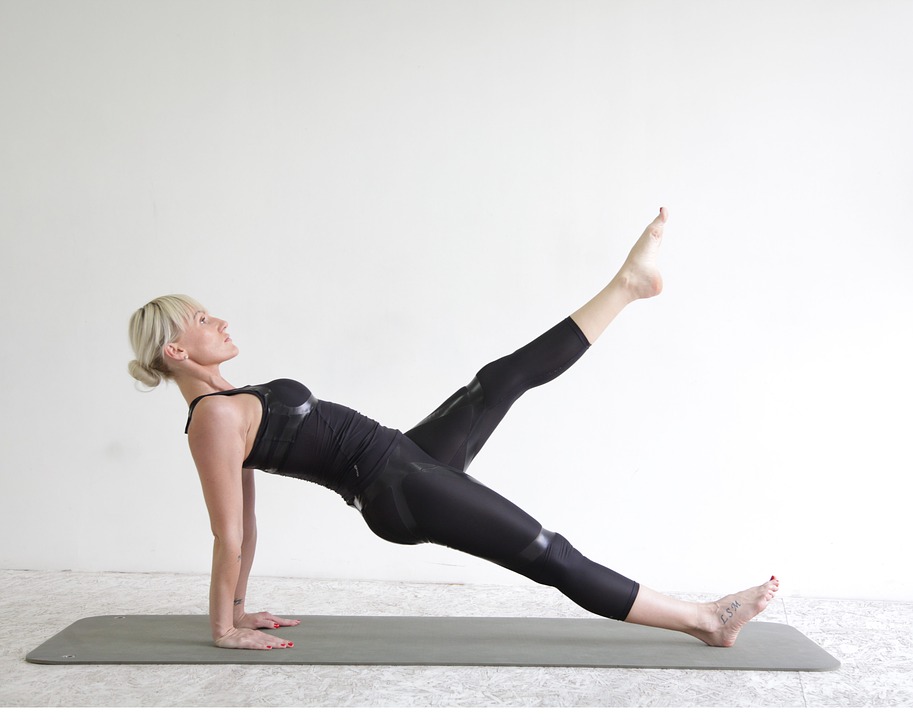Introduction:
Pilates (or the Pilates method) is a series of about 500 exercises inspired by calisthenics, yoga and ballet. Pilates lengthens and stretches all the major muscle groups in the body in a balanced fashion. It improves flexibility, strength, and balance and body awareness.
Pilates can be an aerobic and non-aerobic form of exercise. It requires concentration and focus, because you move your body through precise ranges of motion. Pilates lengthens and stretches all the major muscle groups in your body in a balanced fashion. It requires concentration in finding a centre point to control your body through movement. Each exercise has a prescribed placement, rhythm and breathing pattern.
Health benefits of Pilates
The health benefits of Pilates include:
- improved flexibility
- increased muscle strength and tone, particularly of your abdominal muscles, lower back, hips and buttocks (the ‘core muscles’ of your body)
- balanced muscular strength on both sides of your body
- enhanced muscular control of your back and limbs
- improved stabilization of your spine
- improved posture
- rehabilitation or prevention of injuries related to muscle imbalances
- improved physical coordination and balance
- relaxation of your shoulders, neck and upper back
- safe rehabilitation of joint and spinal injuries
- prevention of musculoskeletal injuries
- increased lung capacity and circulation through deep breathing
- improved concentration
- increased body awareness
- Stress management and relaxation.
Types of Pilates
The two basic forms of Pilates are:
- Mat-based Pilates – this is a series of exercises performed on the floor using gravity and your own body weight to provide resistance. The main aim is to condition the deeper, supporting muscles of your body to improve posture, balance and coordination
- Equipment-based Pilates – this includes specific equipment that works against spring-loaded resistance, including the ‘reformer’, which is a moveable carriage that you push and pull along its tracks. Some forms of Pilates include weights (such as dumbbells) and other types of small equipment that offer resistance to the muscles.
Pilates and general precautions
Although Pilates is a low-impact form of exercise, certain people should seek medical advice before embarking on a new program, including:
- people who have recently had surgery
- pregnant women
- people aged 40 years or more
- people with a pre-existing medical condition such as heart disease
- people with pre-existing musculoskeletal injuries or disorders
- anyone who has not exercised for a long time
- People who are very overweight or obese.
Conclusion:
It is always better to see your doctor for a check-up to assess your fitness level before taking up a new exercise program. Find a properly trained and qualified instructor of yoga or Pilates. Pilates is a safe and effective method of rehabilitation and exercise that focuses on muscular balance.
